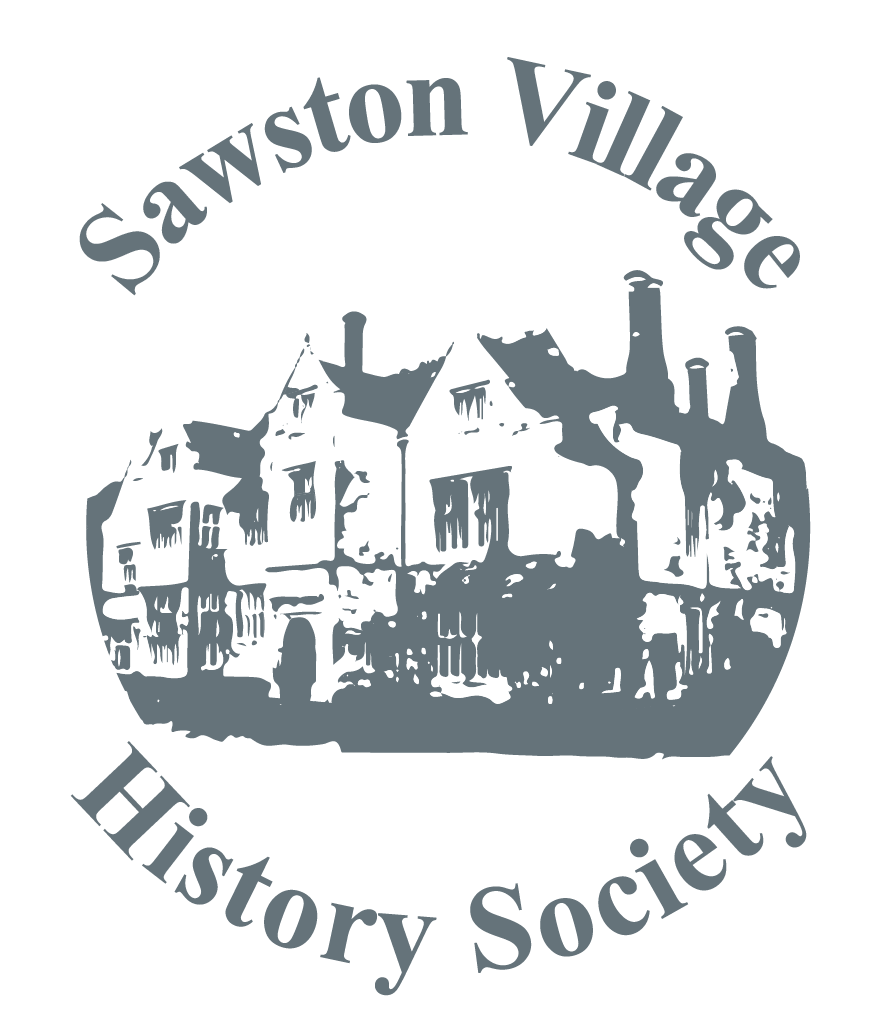
The History Society enjoyed a very full and informative talk by one of its own members on Thursday 14 February. Our speaker was Alan Osborne and he described the history and activities of the Cambridge Scientific Instrument Company between 1881 and 1968. Alan joined the company in 1964.
The company was originally founded in 1881 by Horace Darwin, the youngest surviving son of Charles Darwin the renowned scientist, and his wealthy university friend Albert Dew-Smith who previously worked under Professor James Stuart, the Professor of Mechanism at the University.
Manufacturing operations started in rather modest circumstances under the supervision of a skilled mechanic called Robert Fulcher producing scientific instruments to meet the needs for the University of Cambridge. The location was initially in 3 Downing Terrace (now 45 Lensfield Road) and later in a hay loft at 18 Panton Street, Cambridge.
One of the earliest instruments was a microtome designed to produce thin specimen sections of materials for use in laboratory optical microscopes. The first design used the blade from a cut throat razor and was operated with a piece of string.
The growing reputation of the company also attracted numerous well-known names to join including William G Pye, Robert S Whipple and R W Paul merged his London instrument business with CSI in 1919. Most of these people had become involved with various instrument designs and added greatly to the output of products from the company.
A Sawston man, William J Stallan who was taught by Mr John Falkner, joined CSI in 1914 and worked in many departments before he retired in 1946.
As well as Cambridge there were factory sites at Muswell Hill and Finchley in north London but the main research building was finally sited at Chesterton Road. It was built in 1959 and opened by Lord Adrian, the Vice-Chancellor of Cambridge University and Master of Trinity College. It was an impressive four storey block and displayed the unique trademark of the company namely an outline design of the ‘Wheatstone Bridge’ with a Cam shape in the centre representing, of course, Cambridge.
The range of instruments designed and manufactured was very wide and used in many diverse applications including seismographs, various analytical instruments, recorders of different types, temperature indicators, some of which were capable of measuring up to 2,000°C, and the microtome range expanded. They introduced the world’s first commercial ECG machines for heart monitoring and the world’s first commercial scanning electron microscope the steroscan, and many other measuring instruments.
In 1968 Horace Darwin’s ‘shop’ was sold to George Kent Ltd and the Chesterton Road building was sold in 1974.
Jim Wilson